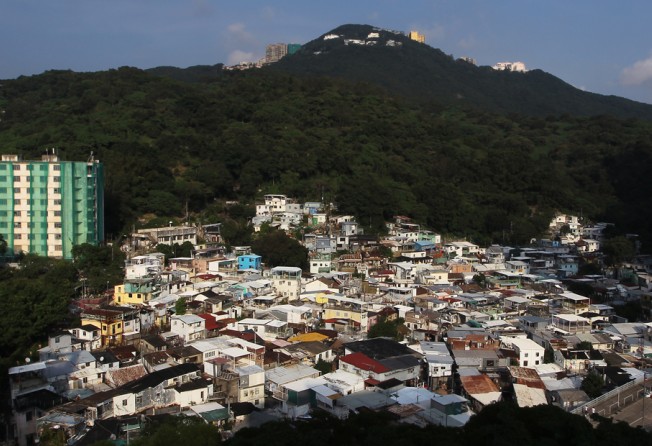Is Pok Fu Lam worth naming as heritage site?

Curiously, a little-known squatter area on Hong Kong Island has landed in a so-called world heritage watch list, along with big names like Venice in Italy and historical relics menaced by the civil war in Syria. This is the first time we have made the list by the New York-based World Monuments Watch. The entry is even hailed by experts as a step closer to becoming a Unesco heritage site. But the reality is that only two structures inside the village have been classified by the local heritage authorities. The system only gives limited recognition, but does not guarantee protection. Redeveloping or not is, ultimately, a matter for property owners to decide.
The Pok Fu Lam village is probably unheard of even by many locals. Perched on a hillside on the island's southwest, the sheet-metal housing settlement for 2,000 people dates back to at least 1868. Nestled in the narrow lanes is the old complex of Dairy Farm, whose cowshed, office building and staff quarters are already graded as having some conservation value. The watch list says the modest appearance of the village belies its importance to Hong Kong's history, and it calls for better conservation efforts amid urban renewal pressure.
The watch list currently covers more than 740 sites that it says are worthy of better protection. As our conservationists are increasingly active overseas, a Hong Kong entry is only a matter of time. That the squatter village has made it without any prior public discussion is baffling. Depending on one's perception, the village may look atmospheric or just an eyesore. There may be some other worthy entries, but the lack of a credible mechanism makes assessment and selection difficult.
Whether the ascent to the world watch list will give the 150-year-old village better protection remains unclear. The Development Bureau acknowledged the village's "long history and cultural value", adding that the conservation policy was being reviewed. But as long as land supply remains inadequate, redevelopment pressure is always there. The decision is for property owners to make.